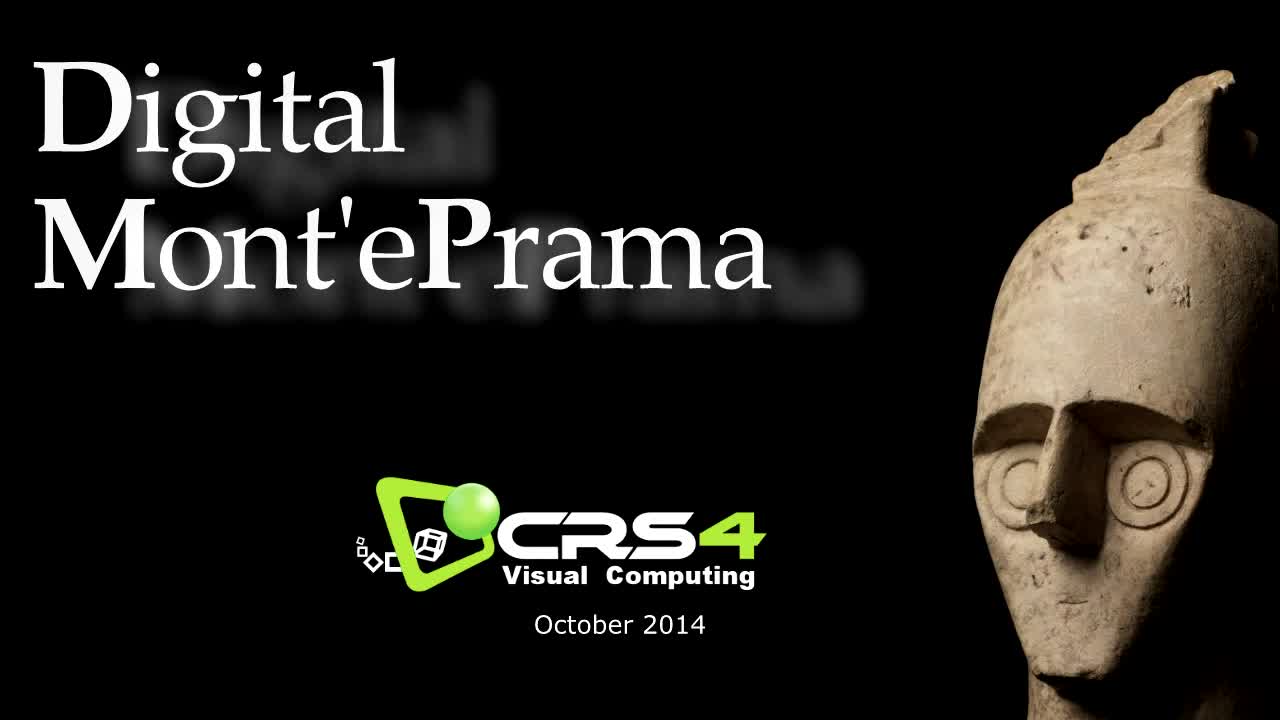Digital Mont’e Prama

Study, development and application of innovative scalable acquisition techniques for the documentation of fragmented statues in a heavily cluttered environment. We have proposed a novel approach mixing 3D laser scanning and flash photography. In order to separate clutter from acquired material, semi-automated methods are employed to generate masks used to segment the range maps and the color photographs. This approach allows the removal of unwanted 3D and colour data prior to the integration of acquired data in a 3D model. Sharp shadows generated by flash acquisition are easily handled by this masking process, and colour deviations introduced by the flashlight are corrected at the colour-blending step by taking into account the geometry of the object.
The approach has been evaluated on a large-scale acquisition campaign of the Mont'e Prama complex. This site contains an extraordinary collection of stone fragments from the Nuragic era, which depict small models of prehistoric nuraghe (cone-shaped stone towers), as well as larger-than-life archers, warriors, and boxers. The acquisition campaign has covered 37 statues mounted on metallic supports. Color and shape were acquired at a resolution of 0.25mm, which resulted in over 6200 range maps (about 1.3G valid samples) and 3817 photographs.
The method received the first prize at Digital Heritage 2013. The resulting multiresolution models have been the basis for the creation of an innovative museum presentation system based on a dual-display setup combining a touch screen with a large projection wall. The system, installed in the National Archeological Museum of Cagliari and the Civic Museum of Cabras, has attracted nearly 100k visitors in the first 5 months.
